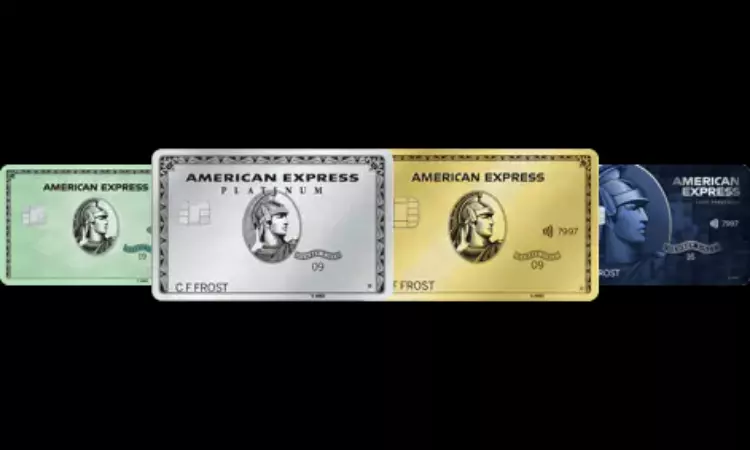
Most people choose to improve their credit score when preparing to apply for credit or working to qualify for a credit card, loan or lease. In these cases, you want to build your credit as quickly as possible. While there is no magic solution to bad credit, the solution is simple.
Use these seven strategies to quickly build a solid credit score.
1. Pay all bills on time
On-time payment behavior is the most important factor in building credit. Your payment history is a factor in your FICO score and accounts for 35% of your FICO credit score. This means you should always pay your bills on or before the due date.
Setting up automatic payments is the easiest way to pay your bills on time. They connect your bank account to a provider, which automatically charges your account on or before the due date. Creating automatic payments means you don’t have to worry about missing payments as long as you have enough money in your bank account to pay your bills.
If you opt out of automatic payments and discover that you missed a payment, please contact your lender or billing provider and correct it as soon as possible. Only payments that are more than 30 days past due are reported to credit bureaus. The later the payment, the greater the impact on your score.
2. Get a secured credit card
Secured credit cards are designed to help borrowers build credit.
When you sign up for a secured card, the provider requires a cash deposit, both as collateral and as a line of credit. For example, if you deposit $200, you have a $200 credit limit. The credit card company may charge a deposit if you don’t pay your credit card bill.
You can use your secure card at the same stores and online retailers that you use traditional credit cards. However, your credit limit will usually be lower.
With a smaller limit, you should only use your secure card for small purchases that are well below your credit limit. This is because your credit utilization, which is how much of your total available credit you use in a given time period, is the second most important credit factor. For example, if your current balance is $100 and your credit limit is $200, your usage rate is 50% ($100/$200).
As a rule of thumb, it’s best to keep your credit utilization below 30%. However, ratios below 10% yield better scores. So when you open a secured credit card, multiply your total limit by 30% and never exceed it. For example, if your limit is $200, don’t exceed $60 per use ($200 x 30%).
3. Become an authorized user
An authorized user is someone who is added to an existing credit card account. Authorized users can use the card but are not responsible for payment. When you become an authorized user, the card’s history will appear on your credit report. Your credit score can improve if the principal cardholder makes payments on time.
4. Pay off existing debt
To quickly reduce your credit utilization and improve your score, use the debt avalanche or debt snowball method to pay off existing debt:
With the debt avalanche method, you focus on paying down the highest-interest debt first, then the next-highest interest-bearing debt, and so on. However, make sure you pay the minimum amount for all other cards along the way to avoid penalties.
Debt snowballing, on the other hand, focuses on paying off your minimum balance first, while still meeting the minimum payment requirements of your other cards. This method is designed to help you build motivation every time you get a sense of accomplishment every time you pay off a card.
5. Apply for a credit building loan
Credit Builder loans are aimed at borrowers who have no credit history and do not want to open a credit card.
In order to get a construction loan, you first need to determine the amount and term. Instead of receiving money up front, you make monthly payments to the lender, which reports it to the credit bureau. After the period expires, you will be refunded the amount paid, less any fees.
If you pay on time, you should have improved your payment history and thus your score.
6. Request a credit limit increase
Paying off debt isn’t the only way to reduce credit utilization. Another strategy is to increase your credit card credit limit while keeping your balance at or below the same amount.
Please contact your credit card provider to request a credit limit increase. It may do a credit check before approving the limit, which may lower your score by up to 5 points. Remember not to be greedy with a larger line of credit. If you decide to overuse your new limit, you will defeat the purpose of this policy.
7. Consider Experian Boost or UltraFICO
If you don’t have a credit history, adding other accounts can improve your score. You have two options that might help you: Experian Boost and UltraFICO:
Experian Boost evaluates your utility, streaming and other accounts and adds timely payments from those accounts to your Experian credit report. If the lender or credit card company uses another credit reporting agency, neither will your Experian Boost account see it.
UltraFICO is a program from FICO that adds information about your bank account balance, cash flow, and bank transactions. However, not every lender uses or accepts UltraFICO scores.
Uč sa viac:
-
-
-
-
Recenzia karty Delta Skymiles® Reserve American Express – Zobraziť viac.
-
AmEx sa zameriava na zákaznícku skúsenosť s novým bežným účtom a prepracovanou aplikáciou
-


